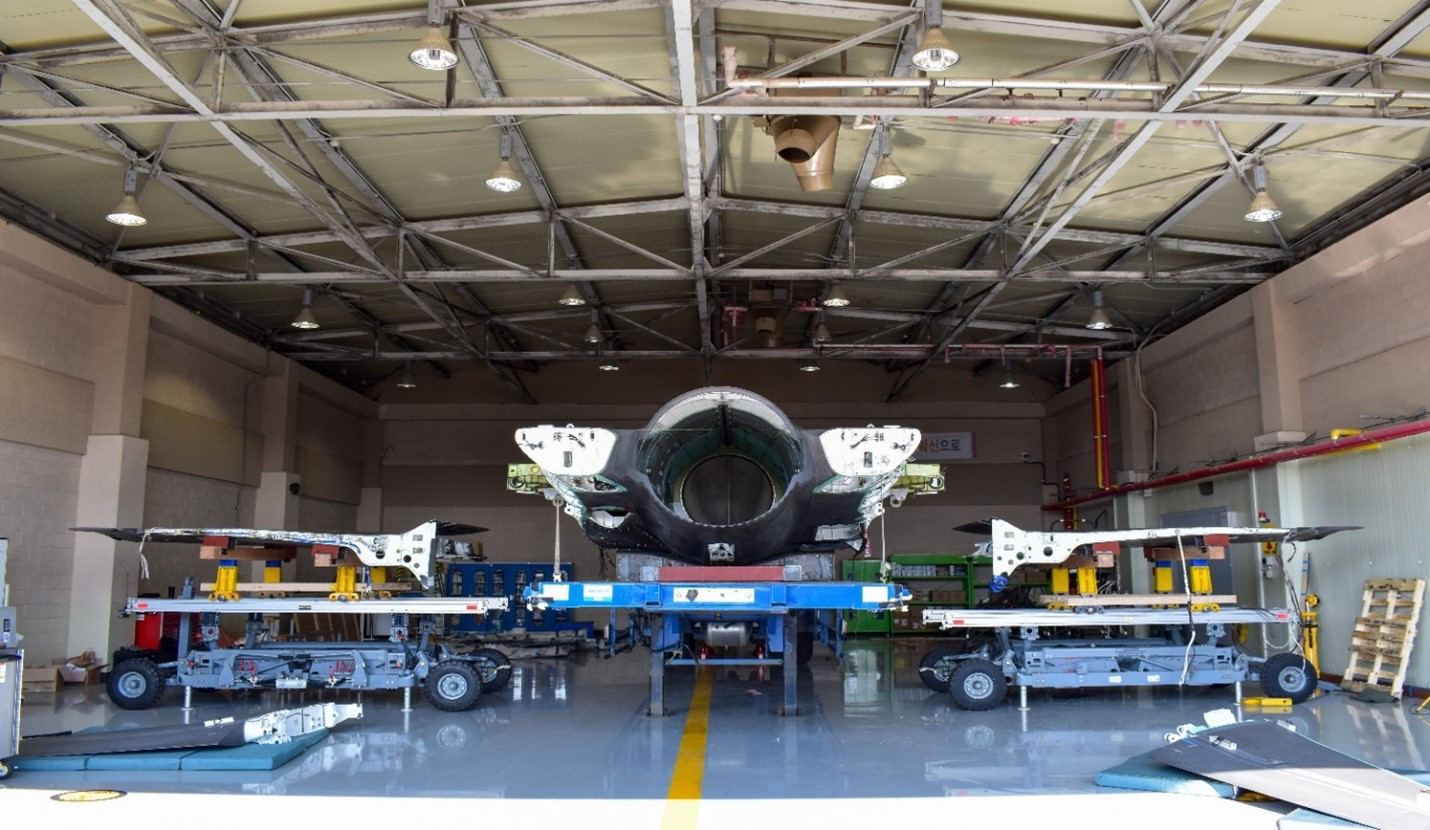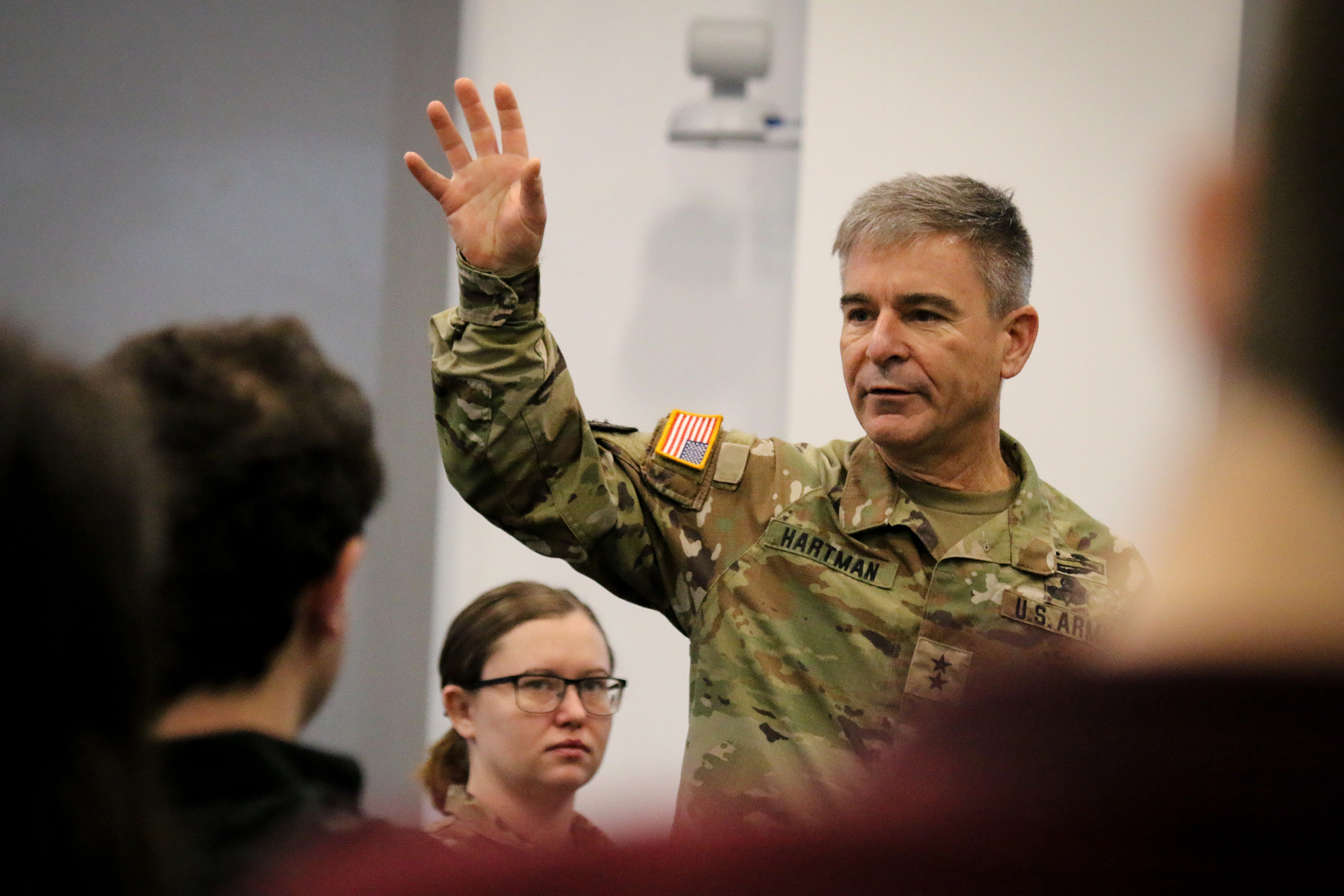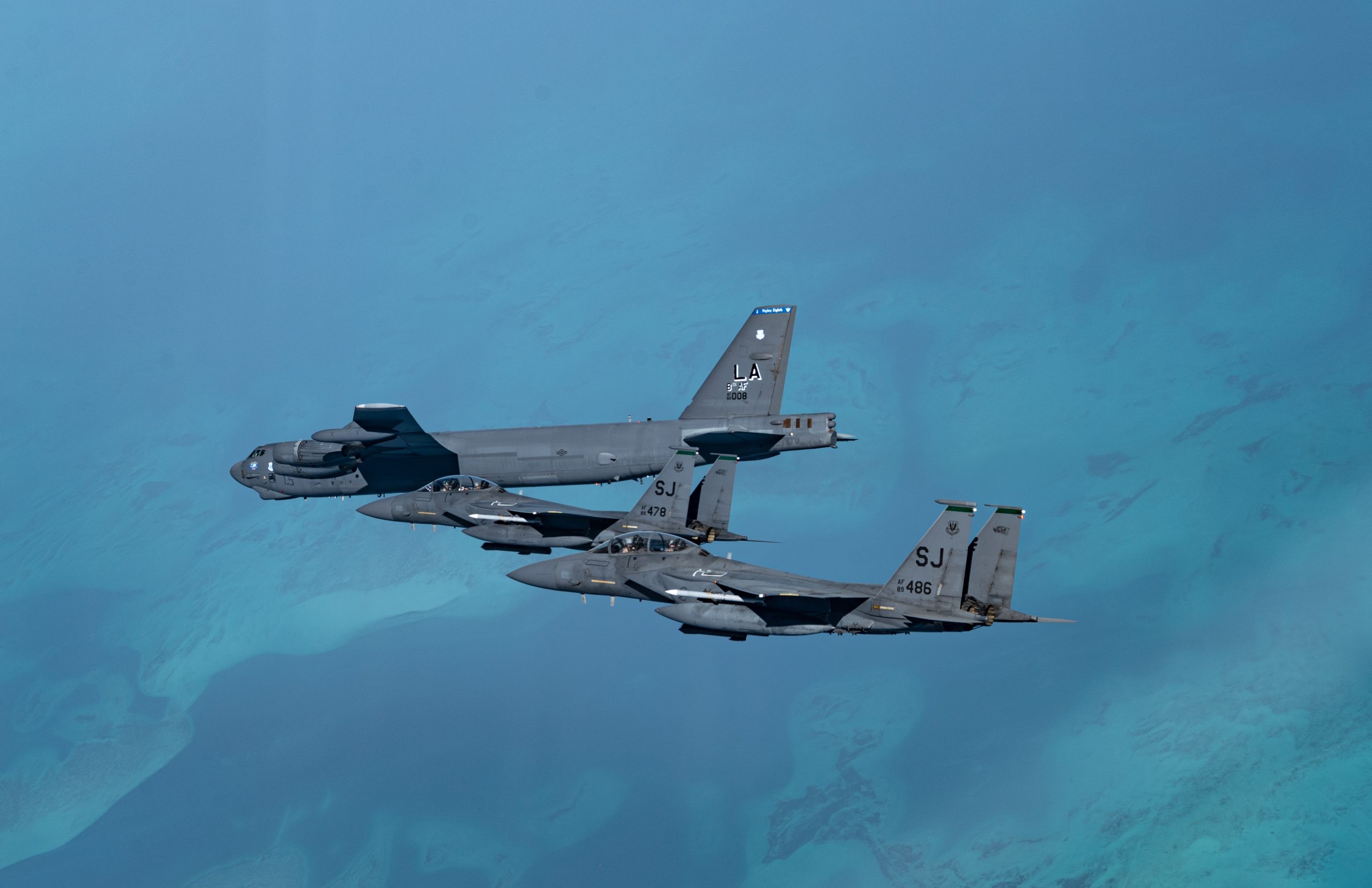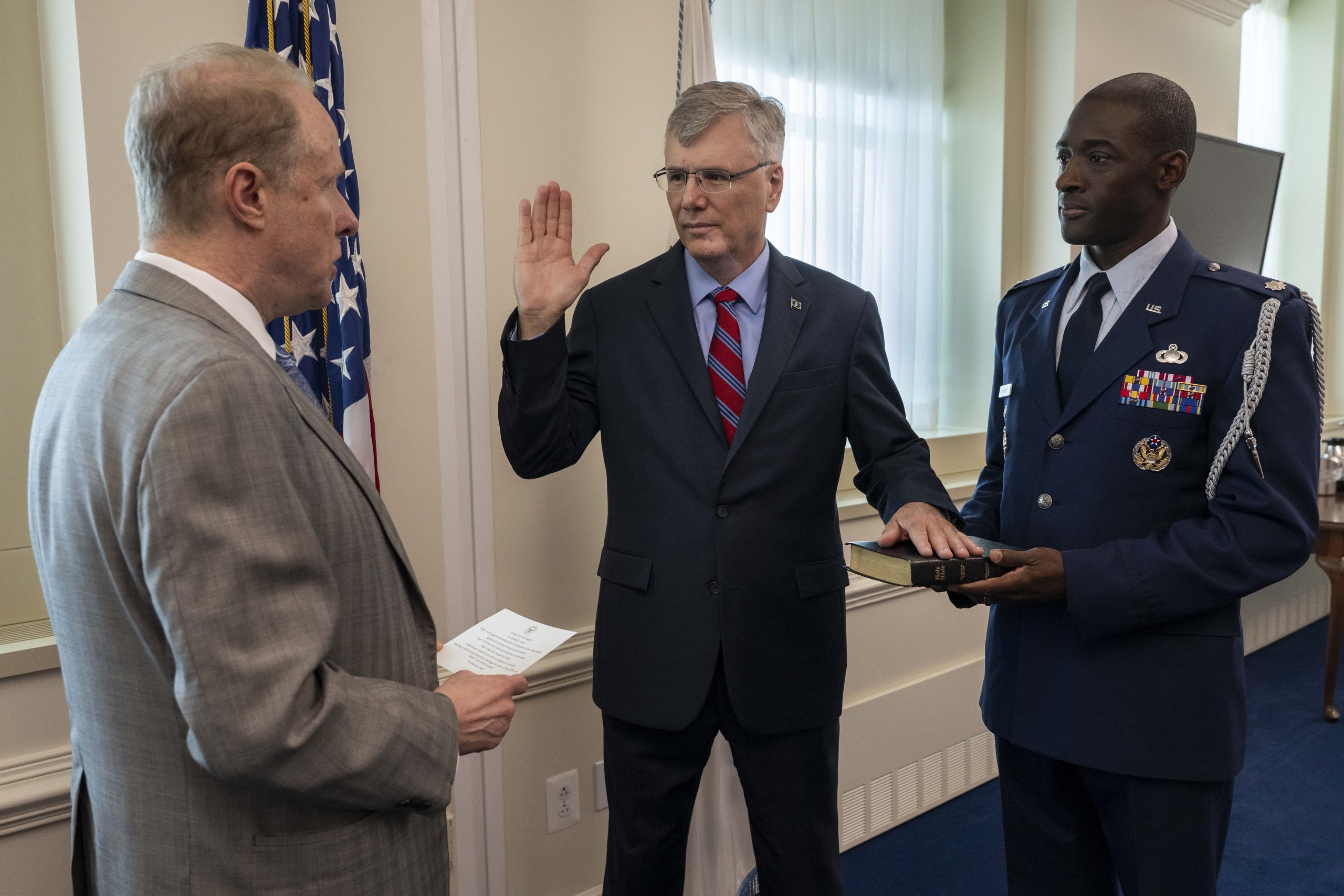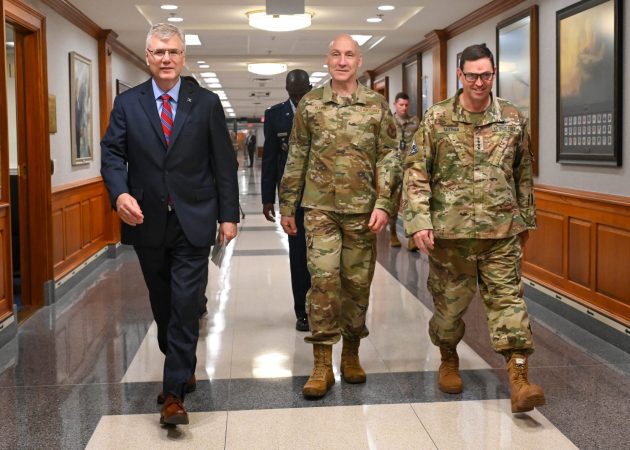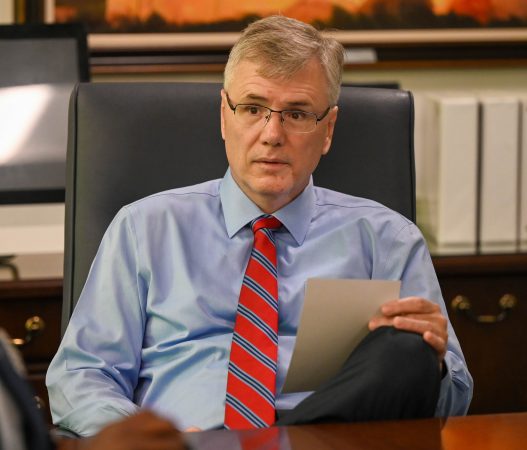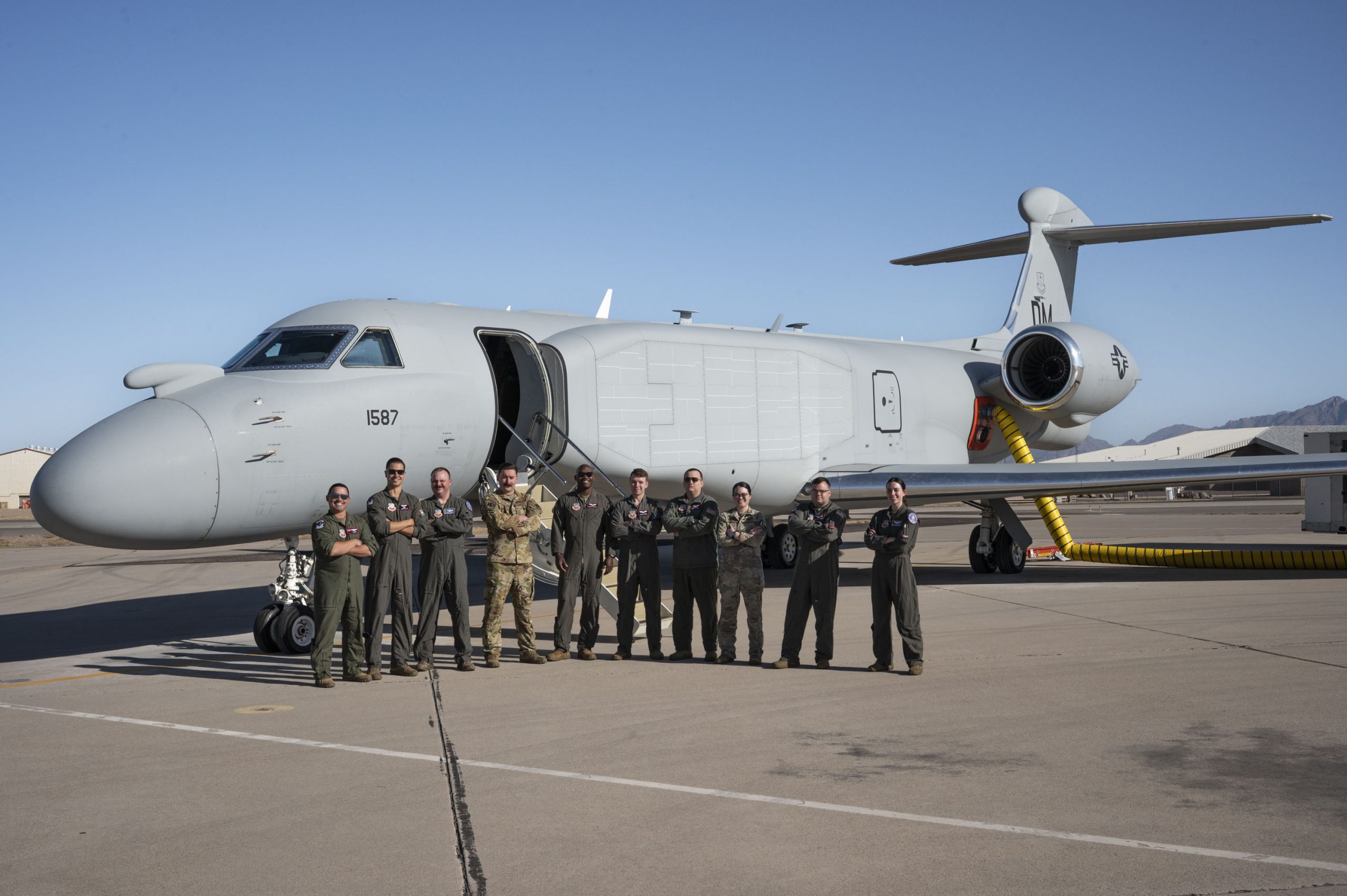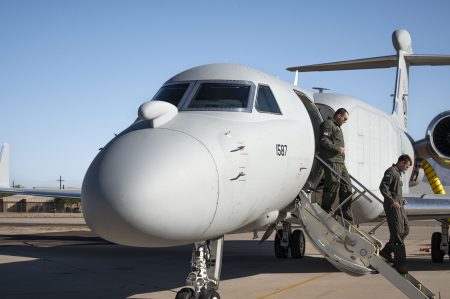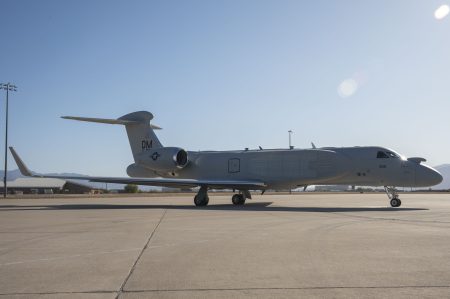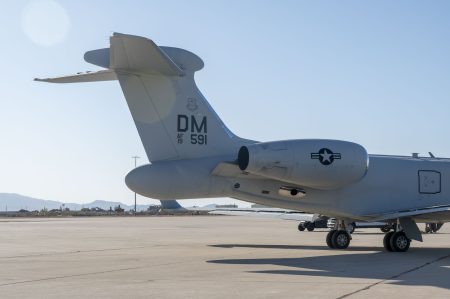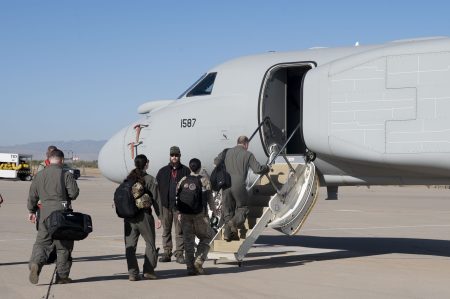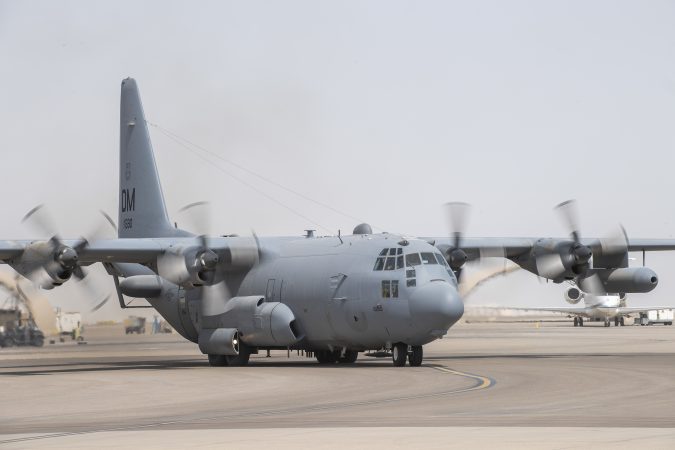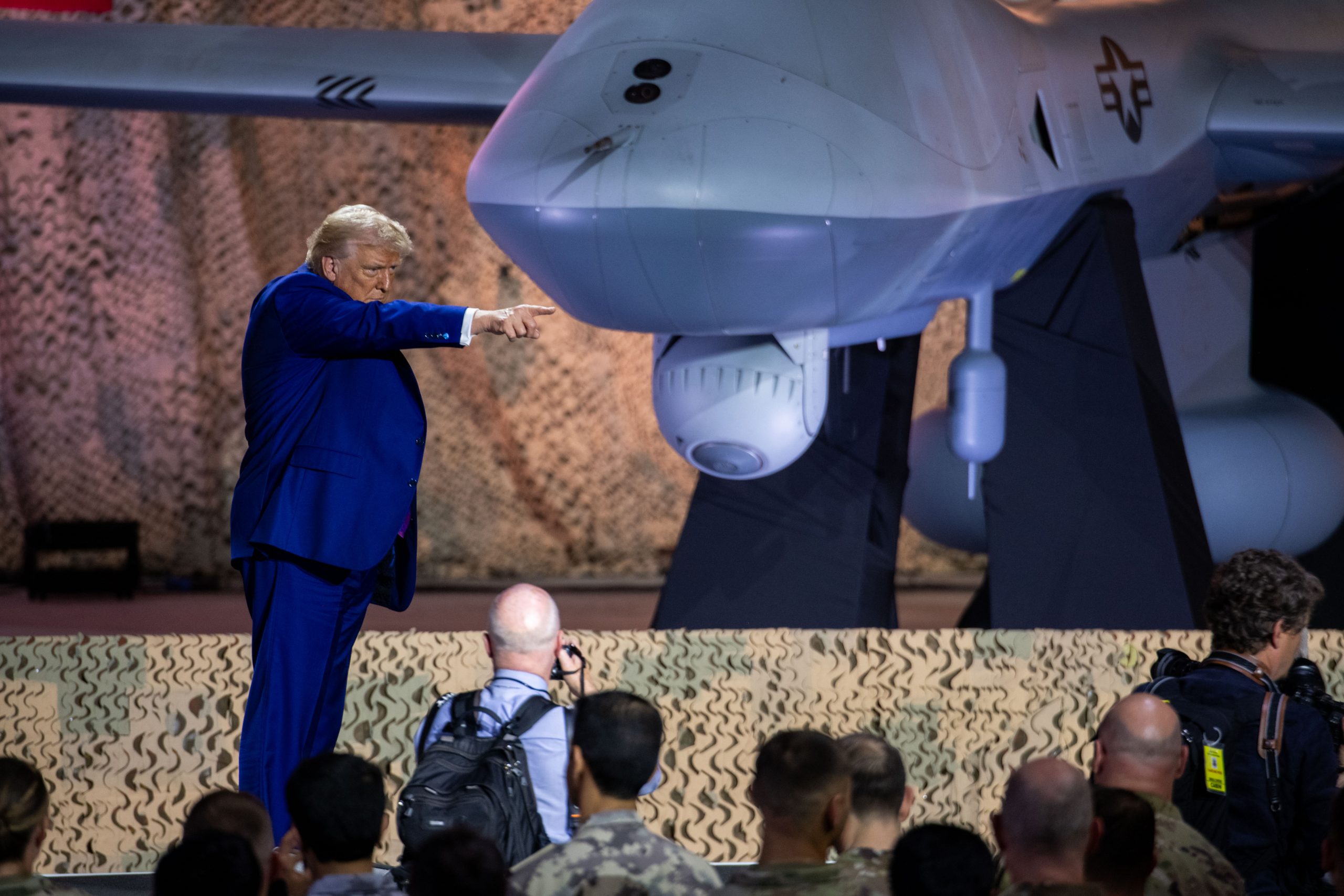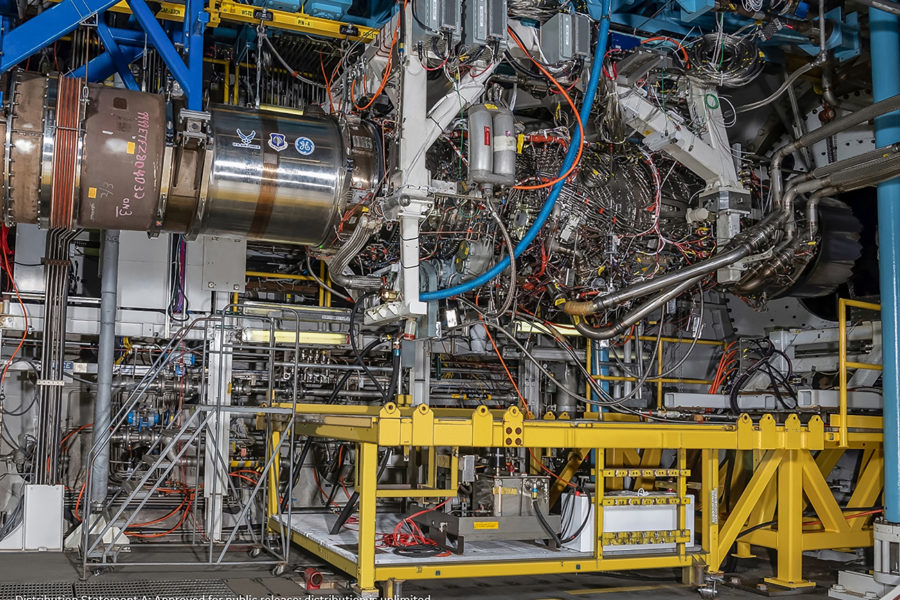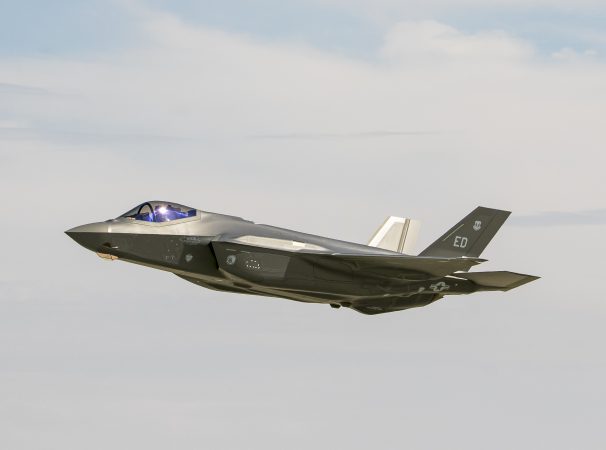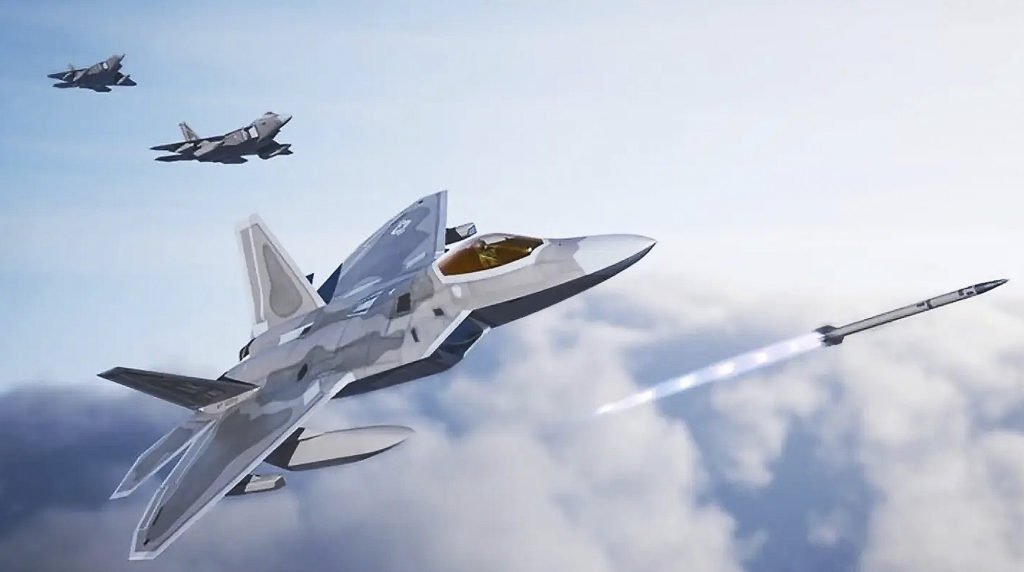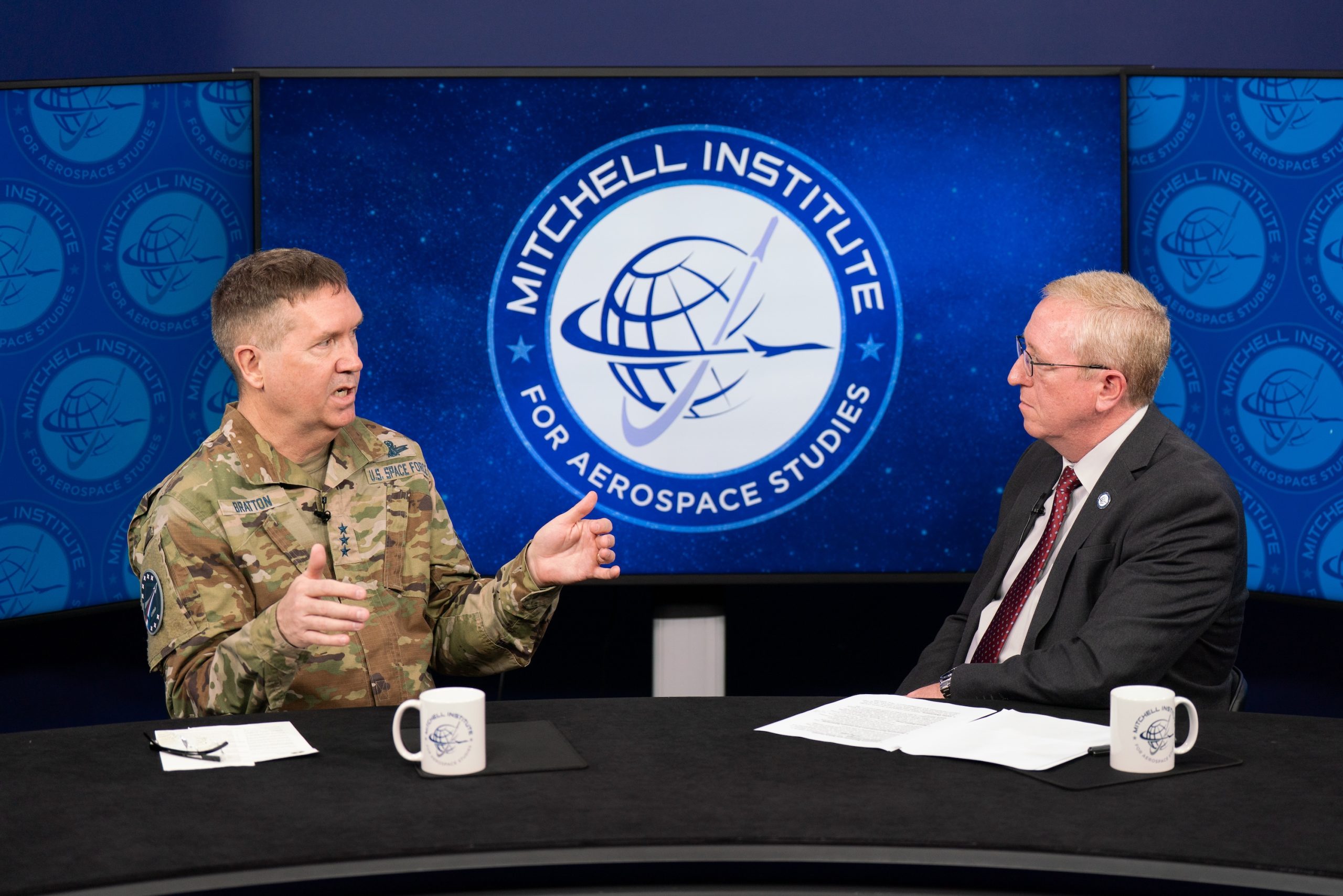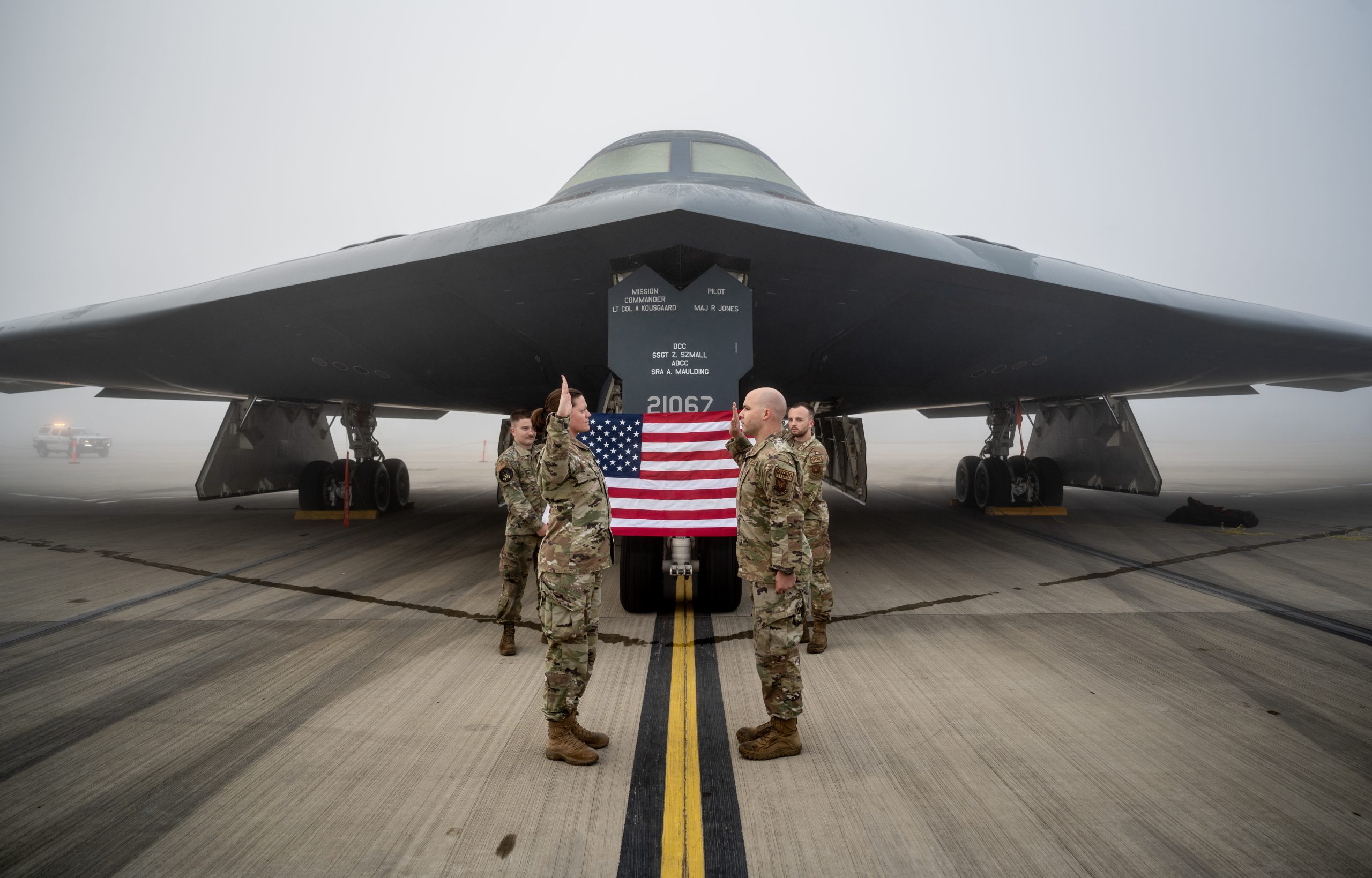There is a new capability to repurpose a damaged F-35 Lightning II stealth fighter.
The F-35 Joint Program Office and the U.S. Air Force recently helped South Korea gain a second life for a damaged F-35 by removing and reattaching its wings, a novel maneuver. With additional support from the U.S. Navy and Lockheed Martin maintenance experts, the team helped the Republic of Korea Air Force salvage an F-35A that was severely damaged after ingesting a bird mid-flight in 2022 by converting it into a maintenance training platform. But moving the jet from the site of its initial emergency belly landing three years ago to another ROK Air Force base required the team to detach the jet’s wings first.
Seosan, a city on the nation’s west coast, is about 60 miles away from the aircraft’s perspective permanent home, Cheongju Air Base. With only two-lane highways along the route and the fighter’s 35-foot wingspan to contend with, the team faced “significant cost and feasibility issues,” the Joint Program office said in a press release. They decided to transport the fighter by removing the wings and reattaching them.
The procedure was successful and is now part of the F-35 program’s standard maintenance, repair, and reuse protocols, the F-35 JPO added. This paves the a new way to address future wing damage on U.S. and partner nations’ stealth fighters.
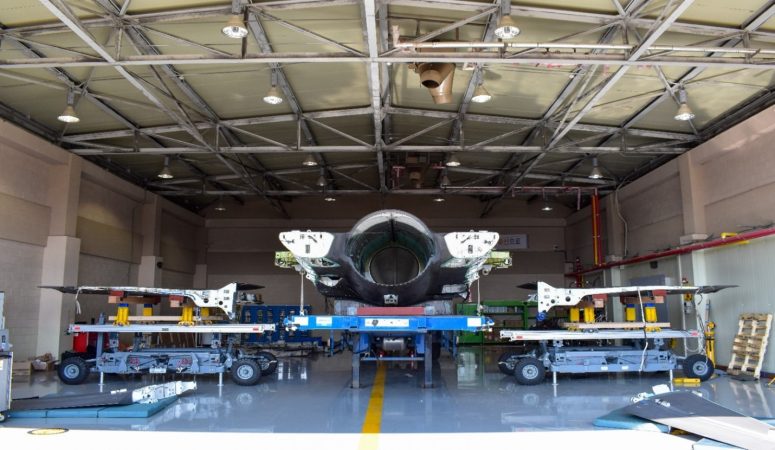
The U.S. Air Force and the F-35 JPO were able to build on a previous notable feat: combining two wrecked F-35s to create one fully operational aircraft, dubbed the “Franken-jet.” The project involved removing the damaged nose from one jet and replacing it with the intact nose section of another aircraft that had suffered an engine fire. They were able to merge the two crippled jets into a single operational stealth fighter. That USAF jet conducted successful functional check flights early this year.
“This was a significant challenge, as it was the first attempt at removing F-35 wings as part of a concept demonstration,” Matt Trodden, Aircraft Crash Recovery Lead Engineer with the F-35 JPO, said of the Korean fighter.
The effort involved the members of the Air Force’s 309th Expeditionary Deployed Maintenance Squadron, the Navy’s Forward Deployed Combat Repair and Fleet Readiness Center Southeast, Lockheed representatives, and the F-35 JPO. The team collaborated with the ROK Air Force to remove both wings from the aircraft’s body within several weeks.
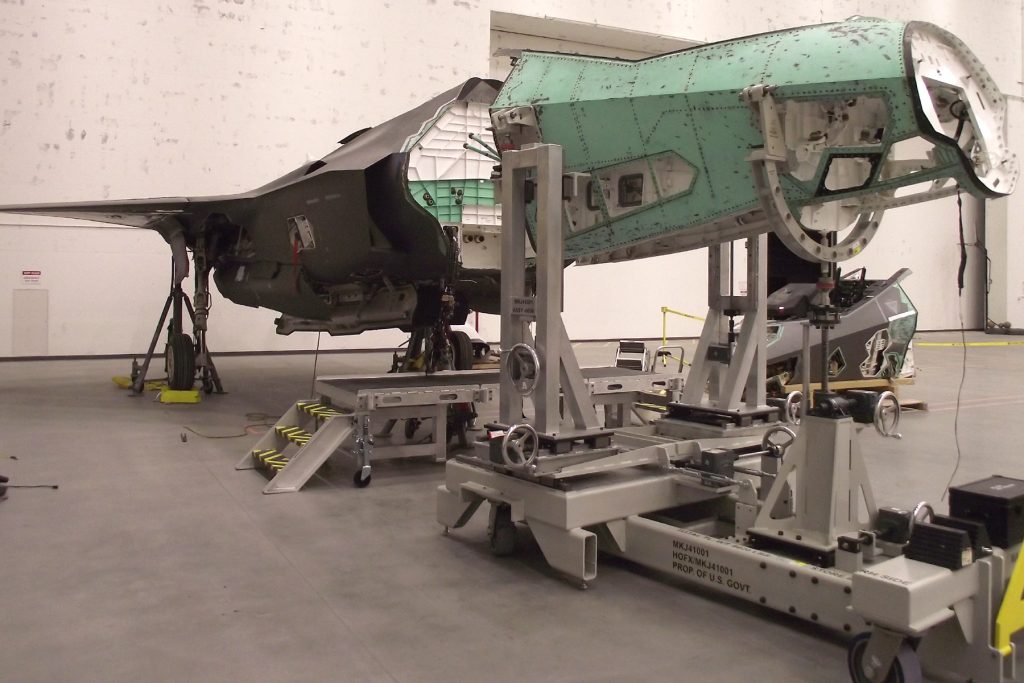
But detaching the wing structure this time proved far more complex than anything the maintainers and engineers had previously encountered.
“Despite early doubts, the team worked seamlessly and completed the operation several weeks ahead of schedule, validating the feasibility of wing removal and reinstallation,” said Trodden.
The 2022 accident came with a hefty price tag for South Korea; The country’s defense ministry said that an eagle weighing around 22 pounds was sucked into the jet’s left engine intake, transferring a force equivalent to roughly 33 tons to the airframe. The aircraft subsequently made an emergency belly landing with the landing gear retracted. The bird’s carcass punctured the intake duct, damaging nearly 300 components, including the jet’s single main engine and electronic systems. The total repair costs were estimated at over $100 million, surpassing the cost of a brand-new F-35.
In 2024, the South Korean defense ministry decided not to restore the jet for operational use. Early this year, the F-35 JPO and ROK Air Force jointly opted to repurpose it as a training platform for Korean maintenance personnel, rather than dismantling or selling it for parts.
An airlift plan was initially considered involving the U.S. Marine Corps’ CH-53K King Stallion, a heavy-lift helicopter that has previously transported the U.S. Navy’s F-35C in the peninsula. However, U.S. Forces Korea ultimately declined this option, leaving ground transportation as the only viable solution for moving the damaged jet, South Korea’s military spokesperson told local media.
The country’s stealth fleet currently stands at 39, with plans to acquire 20 additional jets, with deliveries set to begin in 2027.
